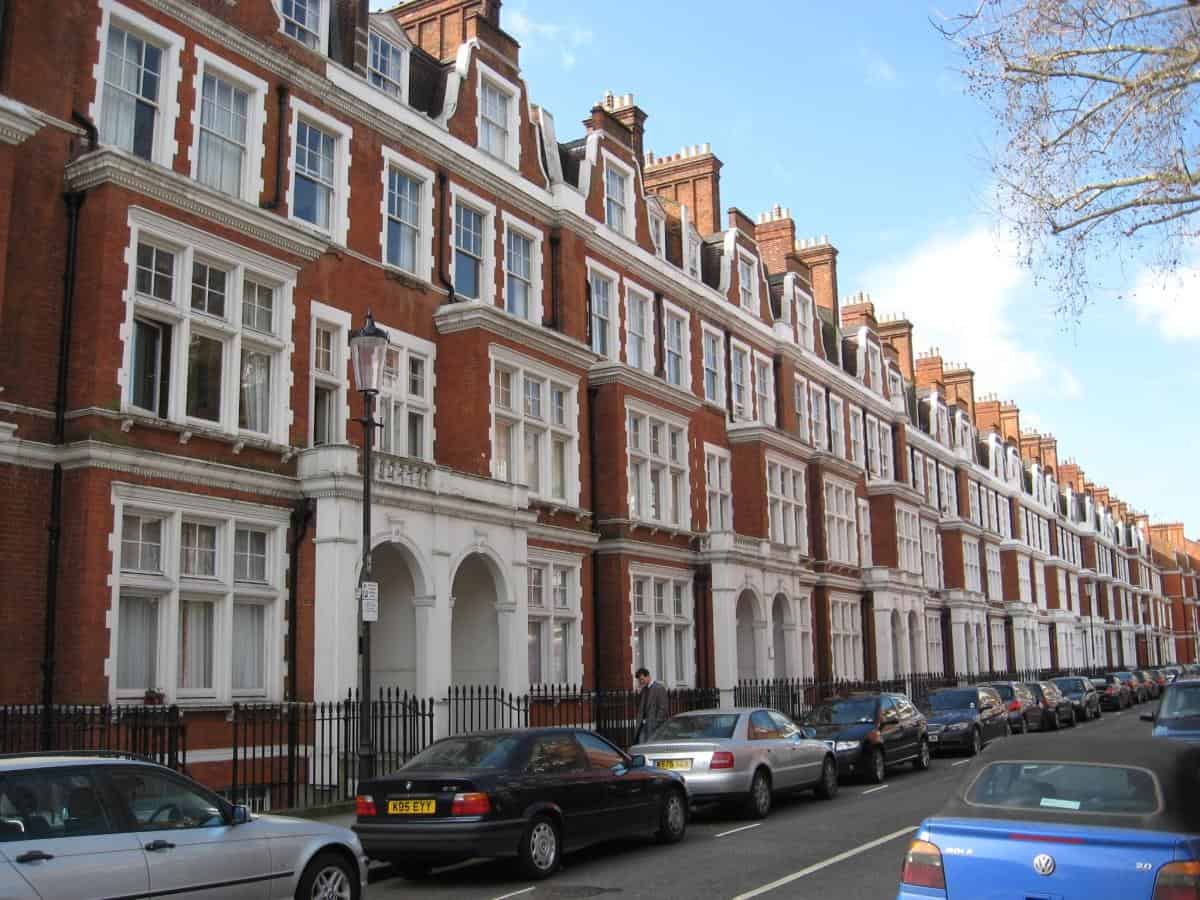
THERE are some very important points to note right now, if you plan to buy or manage your UK home or investment property from Australia.
The most important one is this: most lenders in the Buy-To-Let (BTL) market simply won’t deal with UK expats or non-residents anymore (well, at least right now). There are fewer players in this market, and those that remain have created strict lending criteria for Brit expats and Australians.
It may be that for you, it’s simply the wrong time to sell, or that you want to keep that UK property for security reasons (thinking one day you might come back to it). Either way, many Aussies will return home to Australia with a UK property of their own in tow, and for that matter a large proportion of emigrating Brits will still own their UK home or have a BTL mortgage when they arrive in Australia. If this is you, then it’s time to appreciate the state of the current mortgage market for BTL properties owned by non-residents.
Banks have re-rated the risk associated with mortgages, BTL properties, and owners who live overseas and earn income in foreign currencies. In the current environment this means many lenders can no longer provide expat or non-resident investment (BTL) loans, and others have adopted much more stringent criteria.
Here below is what standard expat BTL and non-resident loan criteria look like today.
Maximum Loan Ratios
BTL loans today typically will be available up to a maximum of between 60-75% of the property amount, depending on the lender. So if you are buying you will need to factor in a 25-40% deposit plus costs associated with the purchase.
Minimum Rental Income
Almost all available lenders for new BTL lending require that the proposed rental income from the property exceeds a minimum amount. This amount is expressed as a percentage of the anticipated interest payable on the proposed loan. This ‘rental-income hurdle’ ranges between 125-135% of anticipated monthly interest. Fail to meet this hurdle and lenders won’t consider your application. If we assume an average borrowing ratio of 70% of the purchase price, then this hurdle can be translated into a minimum gross rental yield of approx 4.8% required for the property of your choice.
Existing UK or Australian mortgage required
Nearly all of the lenders to which this author has access to for BTL loans require the borrower to have an existing UK or foreign mortgage at the time of application. This can be proven by 12 months existing mortgage statements, and reflects an increased desire for UK lenders to only deal with experienced property investors/owners.
Higher establishment costs
BTL mortgages today are also more expensive to start, for expats and Australians. Bank establishment fees (excluding valuation or legal fees) are commonly between 1% and 3% of the original loan amount and interest rates are higher than homeloans. The providers in the market can price their products higher and still accept willing buyers who have limited choices. Note these establishment fees exclude any service fees you might pay to a mortgage broker to source the loan for you.
Bridging-style finance
In some cases, depending entirely on your situation (and generally speaking where you have left the UK and you are not a British citizen) your only loan option may be bridging-style short term finance of 2 or 3 years, from a short-term lender. There are many of these lenders available in the UK, and they usually charge interest rates and fees at a significant premium to the market for an ordinary mortgage. In some cases it may just be the only option available to you.
It should be clear that a good BTL broker is a valuable resource in this situation, sourcing loans and products which may not be easy to find at all, and especially once you have left the country. It should also be clear that before you make plans to move to Australia, organising your loan whilst you are still a UK resident is a much preferred plan of attack.
Now in considering the above lending criteria, higher rates and fees, and the challenge of finding an appropriate lender, you might easily wonder if buying or keeping that rental property in the UK is really worth it. This depends on the characteristics of your actual property of course, but also it depends upon your plans, and your property investment strategy. Do you have a long-term strategy or a short term one? If you have the desire or objective of making as much money as possible in the short term (2 to 5 years), so that interest rates and fees that are higher initially than you expect will put you off buying a BTL property, then you should not be considering investing in property in the UK today. If you have a longer term investing horizon, and you appreciate that lending costs will fluctuate over time (as will house prices) then you will measure the additional costs of obtaining finance today, against the potential benefits of owning property over 10, 15 or 20 years or more.
It is important to note that bank policies can and do change, and as increased competition returns to the market one can expect these strict conditions to relax somewhat. However the above represents the current situation as this article goes to press.
Daniel Shillito is a Financial Adviser, CPA and Expat specialist at Aussie Finance and Property Group, qualified both within Australia and throughout Europe. Daniel can be contacted on Ph. 0203 2390479 or in Sydney +61 2 80033472. www.aussiefpgroup.com
Information contained herein does not represent either general or specific financial advice and should not be relied upon without first taking into account your own personal needs and objectives. If you are unsure please seek out personal advice.












